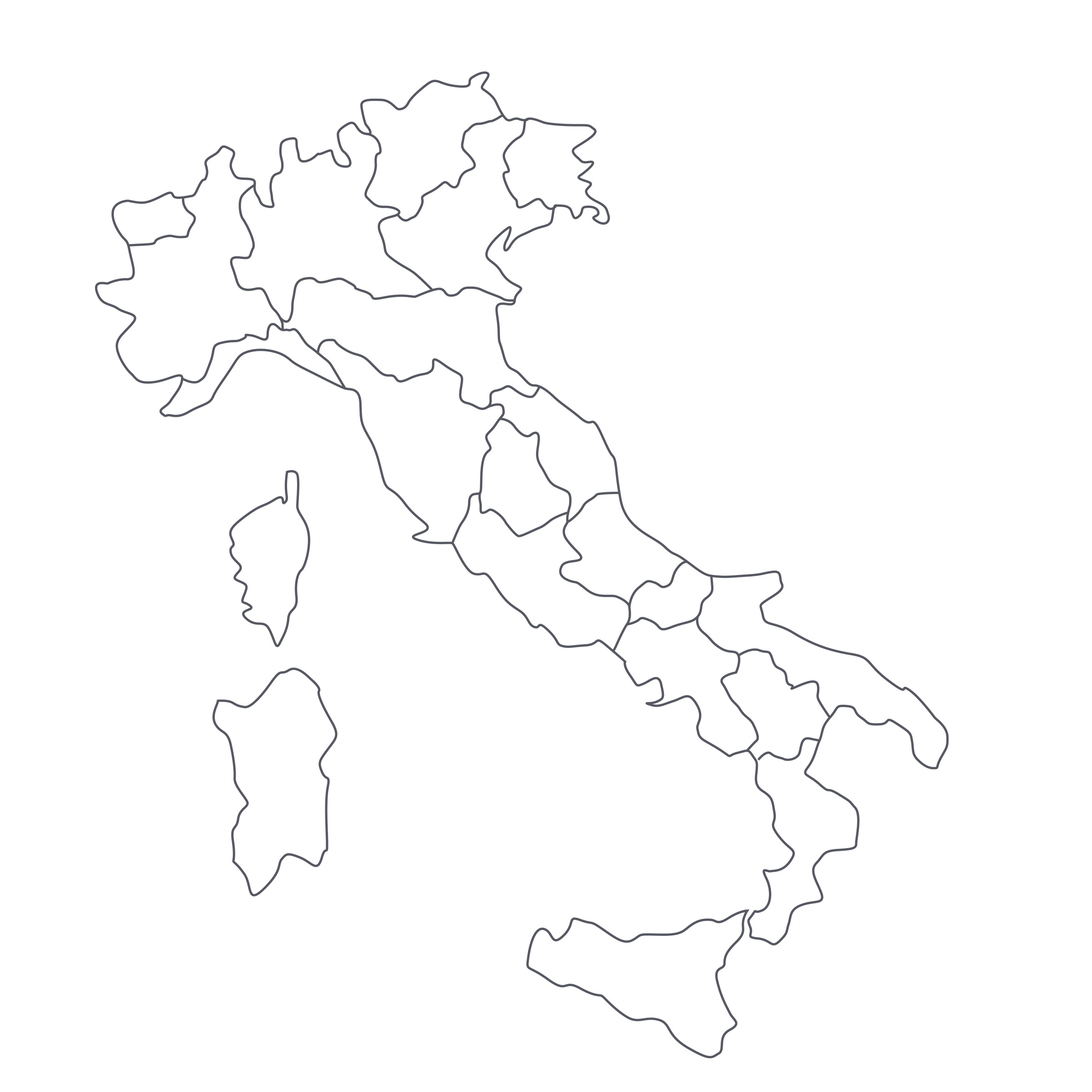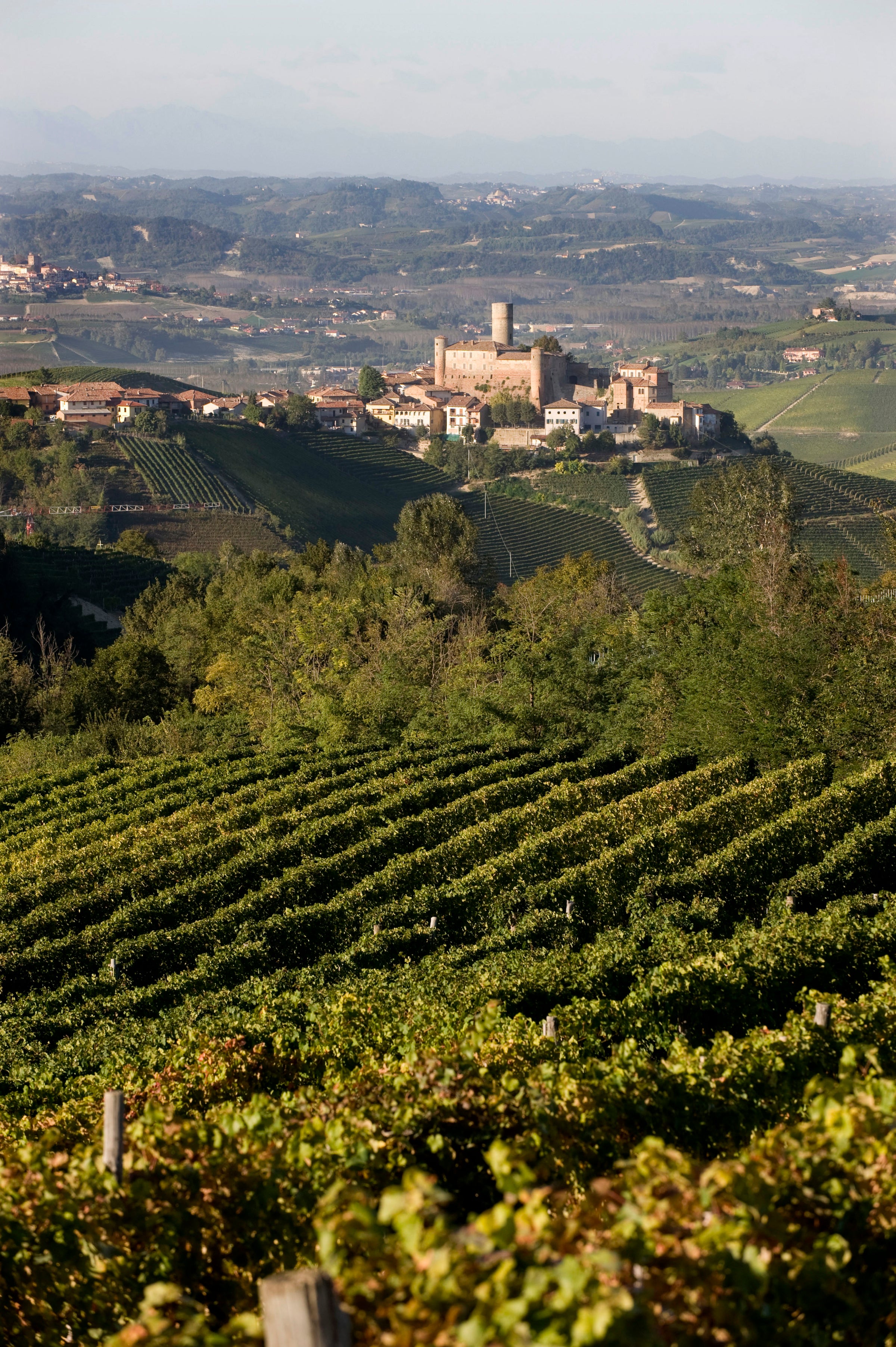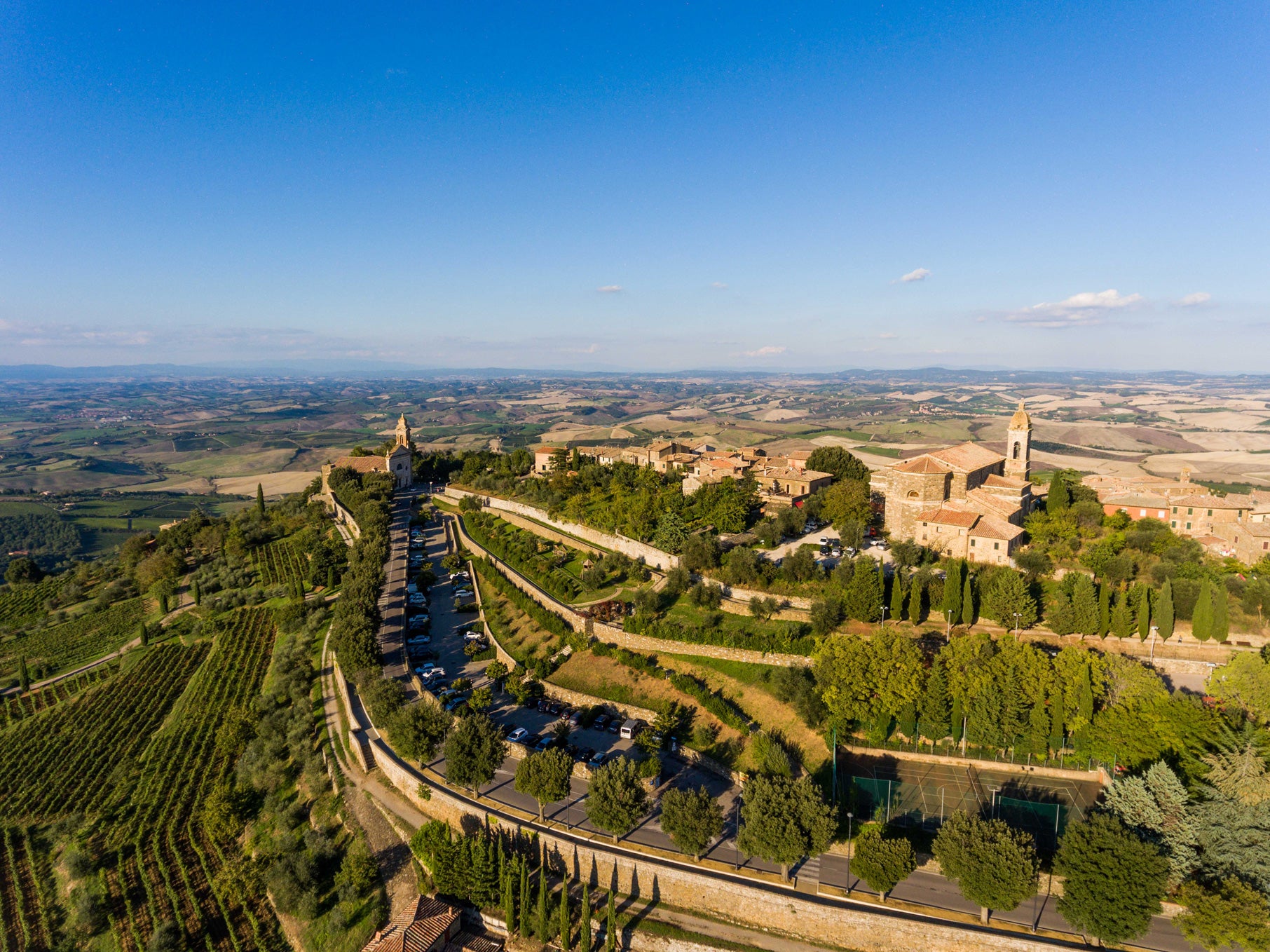We’ve repeatedly asserted that when it comes to measuring price-to-quality in Pinot Noir, no place in the world can compete with Oregon’s Willamette Valley. But every once in a while, a German, Austrian, or, in this case, “South Tyrolean” Pinot Noir comes along and upsets our established world order.
Known alternately as the Alto Adige or Südtirol, the home of today’s ethereal, over-achieving Pinot Noir is nominally ‘Italian’ (it’s the province of Bolzano, ceded by Austria to Italy after WWI) but culturally and linguistically ‘German.’ There are actually quite a few world-class Pinot Noirs coming out of the Alto Adige, but most of them fall into a more predictable Pinot price category—this is an expensive grape to grow, not to mention the most fetishized, in-demand variety in the world, and the wines typically reflect that. Given this fact, what Peter Zemmer’s 2015 “Rolhüt” achieves at just $18 is extraordinary: While not a wine to lay down for 20 years, it’s a genuine Pinot Noir of place with more varietal purity and personality than anyone would expect at this price. And boy, does it disappear quickly: This is a supremely versatile red to snap up in multiple-case quantities.
Peter Zemmer’s winery and vineyards are in the small village of Cortina, at the southern end of Alto Adige’s weinstrasse, or strada del vino (‘wine route’), not far from the provincial boundary with Trentino. (This Cortina should not be confused with the ski-resort town of Cortina d’Ampezzo, which is further east in the Dolomites and is technically part of the Veneto). The Zemmer vineyards include ‘valley floor’ sites in the gravelly soils of the Adige River basin, as well as higher-elevation sites in the fast-rising Dolomitic foothills, where loam and sedimentary rock is infused with distinctive mineral elements like feldspar, quartz and porphyry. The vineyard source for Rolhüt is situated at 450 meters elevation, which exposes it to wider diurnal temperature shifts—crucial for extending the hang time (and thus the physiological maturity) of Pinot Noir. While Alto Adige is indeed an ‘Alpine’ region, its valley floor, especially where the Adige and Isarco Rivers meet around the city of Bolzano, is actually quite warm; the region’s topographical diversity results in a dizzying range of red and white wine styles.
The grapes for the 2015 “Rolhüt” were fully destemmed and were fermented over seven days in stainless steel, after which about 70% of the finished wine was aged in large French oak vats for 12 months (the remainder went into used French oak
barriques). There’s an identifiable savor—a smoky, spicy quality—that pegs this as a ‘Germanic’ Pinot Noir for me, and as I tasted it I was reminded of a delicious Rheingau Pinot (also a great value, btw) that we offered a while back. What stands out most is how readily it speaks of its Alpine place of origin—sipping it is like eating wild berries off a bush while hiking through a mountain meadow (I’m not kidding). In the glass it’s a reflective ruby with garnet highlights at the rim, with aromas of red currant, dried black cherry, beetroot, wild mushroom, black pepper, underbrush, and wild herbs. There is often a hint of ‘greenness’ in many German-style Pinot Noirs, but the ripeness of the 2015 vintage minimized that influence in this case. It is velvet-soft and ready to pop and pour, a perfect candidate for a cooler-than-average (even fully chilled) service temp in Burgundy stems. It’s got the finesse and savor for fish, and in this case the most regionally appropriate choice would be something from fresh water; smoked or baked trout would be off-the-charts good! Enjoy, and beware: It’s hard (if not impossible) to stop at one bottle!




